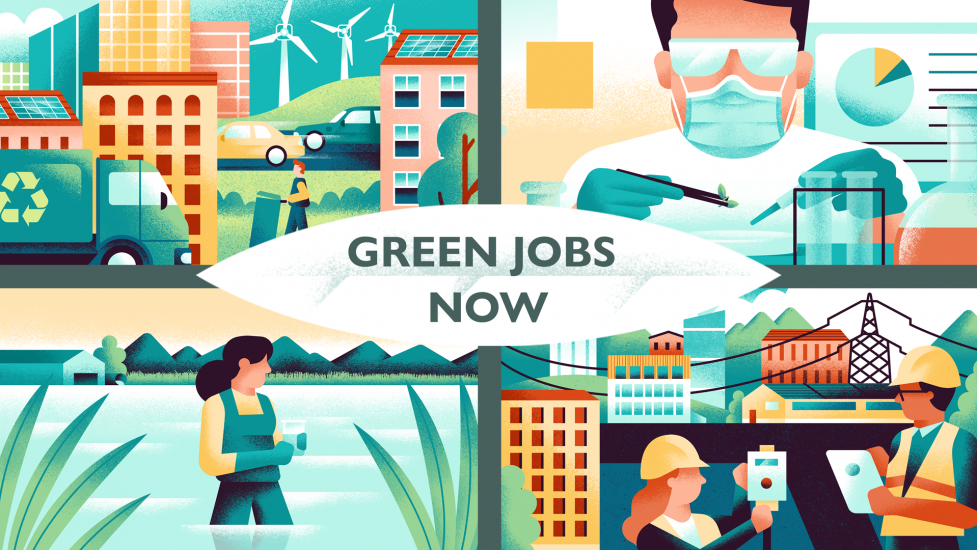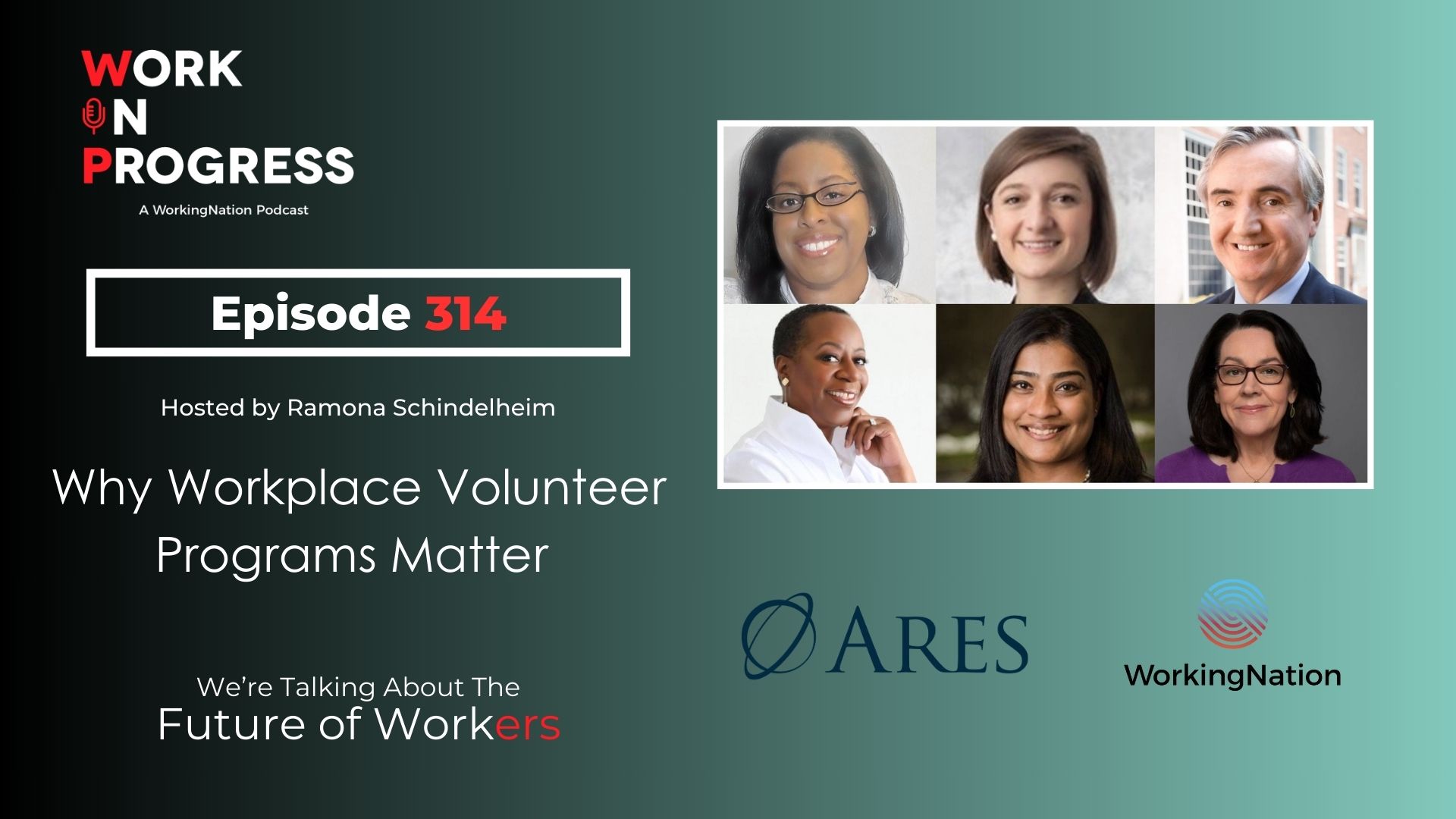The economy is getting greener and that is creating job and career opportunities all across the nation. Green jobs are not new, but as more and more businesses are addressing their own impact on the environment and their communities – often at the insistence of their shareholders and customers – the job market is expanding into nearly every industry.
Over the past few years, WorkingNation has turned a spotlight on the growing green economy, launching our Green Jobs Now series, which looks at what a green job is and what skills are needed to get one around the country.
What we are learning and sharing is that the old definition of a green job is outdated.
The Changing Definition of a Green Job
“It is vitally important to reconsider and expand upon the traditional definition of a green job in order for workers, employers, workforce groups, advocacy teams, and policymakers to see these jobs as an economic driver regionally and nationally in a way they may not have considered before,” explains Joan Lynch, WorkingNation’s chief content and programming officer.
Today’s green workforce is comprised of not only careers in traditional green industries such as solar power and wind energy, but in construction, medicine, architecture, and even accounting.
Our research tells us those are green jobs, too.

“Green jobs are on the rise, and the upward trend isn’t likely to change in the coming years,” says Lightcast senior economist Rachel Sederberg in our new WorkingNation-Lightcast Green Jobs Now report looking at the national jobs landscape.
“With sectors like the auto industry, tech, and even durable goods manufacturing making efforts to be more environmentally conscious, we’re going to need more workers with green skills,” she adds.
The Green Economy is Growing Rapidly
Lightcast’s newest analysis finds that there were more than 1.4 million green jobs in the U.S. last year and more than 410,000 green job postings in what is defined as “core green” jobs – those wind turbine technicians and solar installers we have historically associated with the green economy.
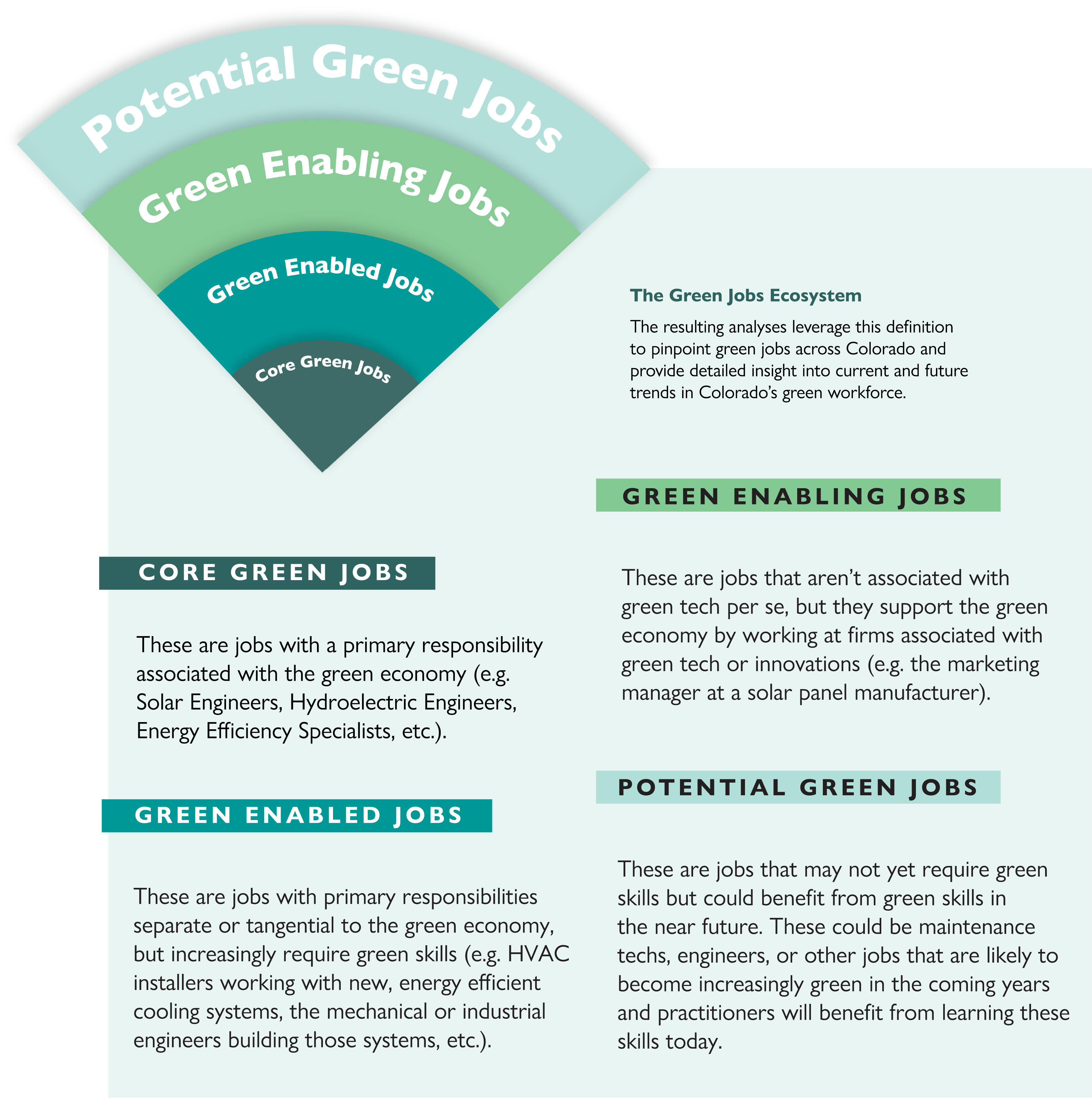
Lightcast economists project that demand for jobs in the overall green economy will increase by 5.5% in the next five years, with some of the “core” careers projected to grow as much as 20%.
“Learning the most highly demanded green skills can come with a substantial salary increase,” according to our report. “Renewable energy knowledge was the green skill most requested by employers in 2022, with over 40,000 listings and an annual salary premium of about $5,600.”
Demand for green enabled jobs, that is, workers in roles that are not considered green by default, but who are required to have at least one green skill or competency, is significant, with 291,082 openings in 2022.
And, there is a workforce already in place that can fill those openings. Some already have relevant skills and many need just a little upskilling or training to put them in play.
We Are Not Starting From Scratch
The Green Jobs Now report estimates that there are more than 51.6 million workers – a third of the labor force in the U.S. – who could be reskilled into green jobs. Employers can strengthen their talent pipeline by reskilling workers from different sectors.
“Employers can benefit from establishing training programs that teach green skills to new labor market entrants and existing workers,” says Lightcast’s Sederberg, a co-author of the report.
She adds, “By upskilling or reskilling workers currently outside the green economy, we can smoothly integrate existing workers into green positions, and also integrate green skills into roles not traditionally considered green.”
With more than 930 million subscribers, the professional networking platform LinkedIn has unique insight into the kinds of skills that the U.S. workforce already has and how those skills might be used in an economic transformation.
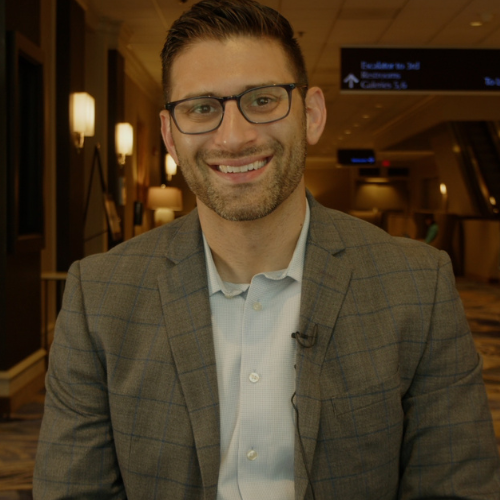
“We’ve identified a few hundred green skills that are what we might think of as obviously green skills. We saw in our data that roughly 80% to 84% of job seekers or workers who transition to green jobs have prior green experience or green skills on their profile,” explains Efrem Bycer, senior lead manager, Public Policy & Economic Graph, LinkedIn.
“But, there’s also lots of other skills that make up any job – green or otherwise – that can play a role in fighting climate change.”
Bycer shares the example of supply chain management and procurement. “For a lot of companies, when we think of where their emissions come from, it’s their supply chain. What that means is they’ve got to figure out how to ultimately reduce the carbon in that supply chain.”
According to Bycer, somebody who doesn’t have green experience on their resume can easily transition into a role such as a sustainability manager to help address something like the reducing the carbon footprint.
“We know that it’s a job that requires a lot of skills beyond just kind of the core green skills, skills like business strategy, project management, and data analysis,” he says.
“No one thinks of a supply chain professional as someone on the front lines of the climate crisis, but that’s exactly who’s front and center when we think about how a lot of companies are going to reach their sustainability targets.”
‘Every job will be a green job’
There are organizations across the country that are already onboard with the idea that green jobs are everywhere and growing, and they are already actively working to help move the green economy forward.
“Climate is an important part of our lives and our industries. Connecting the workforce of today with the skills they need for the future is really important,” says Taj Ahmad Eldridge, managing director of Climate Innovations for JFFLabs. “My job is to connect those jobs that are being created, and those that have not yet been created, with training and placement opportunities.”
“There are jobs that are being created in the technology space that are new that will require new types of skills. But we also believe that every job will be a green job, even those that are not in technology,” Eldridge explains. “For that, we believe that we’re going to need people to upskill their existing skills.

That’s at the center of the Climate Innovation initiative mission: “inform, education, and upskill individuals for climate-resilient jobs through innovation and collaboration across sectors, regions, new business models, and capital investments.”
Eldridge sees three big areas of opportunity in the workforce – commercial and personal transportation, energy and grid management, and clothing and food.
“There’s huge opportunity around electric vehicles, hydrogen vehicles, different types of fuels, and the next generation of vehicles. And, as we’re making this transition from wind, solar, power, and other types of alternative energy, there needs to be a way to store this energy and also utilize it more effectively,” he explains.
“Lastly, there is opportunity around the way we put things on our bodies and in our bodies, clothing and food. A lot of people don’t realize that fashion and apparel create more greenhouse gas emissions than aviation and shipping combined. So, those things are extremely important in the future of climate and workforce.”
The initial focus on JFFLab’s Climate Innovation initiative is being driven through Climate-Resilient Employees for a Sustainable Tomorrow (CREST), a five-year, $25 million career preparation and reskilling initiative of the Ares Charitable Foundation that aims to close the gap between the demand for a skilled workforce for green jobs and the number of people prepared for these opportunities.
“We talk about this idea about the economic impact of jobs as this idea of green wealth. You know, as we make this transition and if we talk about vehicles as an example, as we make this transition from gas-powered vehicles to electric vehicles and biofield vehicles and others, it’s reminiscent of over a hundred years ago when we made the transition from horse and carriage to gas-powered vehicles,” Eldridge tells me.
“During that transition, a lot of families made an enormous amount of wealth that lasted to this day. We have the opportunity to have that same type of wealth be more equitable as we focus on the different types of alternatives that are in the green energy space around transportation and many other industries.”
Employers Could – and Should – Leverage Their Existing Workforce
“As the economy transitions, it will allow workers to use their skills in novel ways to build emerging industries and explore new occupations altogether,” says Karen Cunningham, Deloitte Consulting‘s global and U.S. sustainability and climate human capital lead.
“Organizations should consider conducting workforce planning that inventory all the skills and capabilities needed for these new roles and creatively leverage existing upskilling opportunities, such as hackathons, to provide workers with varying expertise the chance to learn from each other,” she adds.
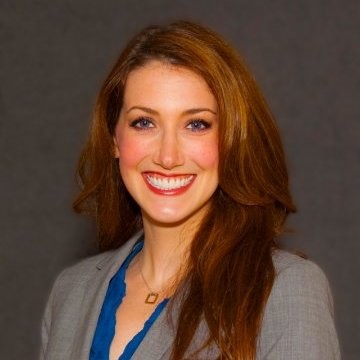
Deloitte’s research shows that 80% of the skills needed to achieve net zero emissions by 2050 already exist in the workforce. Workers are more likely to need upskilling rather than retraining to gain a new job in our increasingly decarbonized economy.
“Some key skills in the Green Collar workforce include data analysis, data management, automation, cyber, and manufacturing. This encompasses AI, data visualization, parallel computing, and cloud computing, to name a few.
“These skills will need to be developed among workers in the broader ecosystem and should be acquired through coordinated and comprehensive education and training programs,” Cunningham tells me.
She adds, “It’s important to note that while technical skills are critical, enduring human capabilities like curiosity, creativity, and critical thinking are also required in a sustainability-forward culture and future.”
Cunningham says that “understanding technological development and adoption for lasting change is crucial. It’s important that we anticipate potential consequences like consumer fears and industry shifts and accurately gauge the time required for comprehensive change, including policy and regulation implementation. Lastly, we need to understand how public behavior and engagement in supporting sustainability will guide us in navigating a greener economy.”
She also argues that the success of our transition to a greener economy hinges on policies that deliver both prosperity and equity.
“Achieving this goal is complex but attainable. The allocation of resources and perceived fairness of this process are paramount. Intricately tied to the net-zero transition, climate justice addresses multifaceted issues spanning generations, including poverty, discrimination, and more,” Cunningham says.
“The key lies in strategic planning, offsetting costs with fresh opportunities, and ensuring a balanced distribution of benefits. Equity is not merely an outcome but a fundamental catalyst propelling sustainable economies and societies forward.”
Skills-First Hiring is Essential to Building a Bigger and More Diverse Green Workforce
Both Eldridge and Cunningham agree that the green economy offers an opportunity for employers to move away from their requirements for college degrees, eliminating the “paper ceiling” that prevents skilled workers who lack degrees from getting hired and promoted. Many of the skills can be attained through certification programs and on-the-job learning.
“We have to change the mindset. We believe that it’s not just about degrees, it’s about skills-based learning. Further, it’s about lifelong learning,” says JFFLab’s Eldridge.
He adds, “We want people to realize that when you have these skills – when you have these certifications – you can add them on top of each other. So when you have new technologies that come out, there is an organic way of thinking that you really can tackle these problems and these solutions with this idea and approach of you’re going to always learn and you’re always going to build those skills.”
Deloitte’s Cunningham says employers should look for new ways to use “’affirmative filters’ that ‘screen in’ based on skills, demonstrated capabilities, and even the potential for growth, among other things – thereby opening the doors of opportunity and movement to millions who have previously been shut out.”
She concludes, “This is part of a bigger shift toward organizations wanting to engage with a broader, more diverse workforce. By focusing on skills instead of pedigree, there is the opportunity to drive more equitable outcomes because skills and capabilities are transferable across industries, regardless of occupation type, all with the shared goal of creating a net-zero future.”
Green Jobs Now
This Green Jobs Now report is the latest WorkingNation-Lightcast analysis in our special series examining green economy careers opportunities, training programs, and initiatives helping prepare the green workforce of today and tomorrow. You can read all the reports here.

